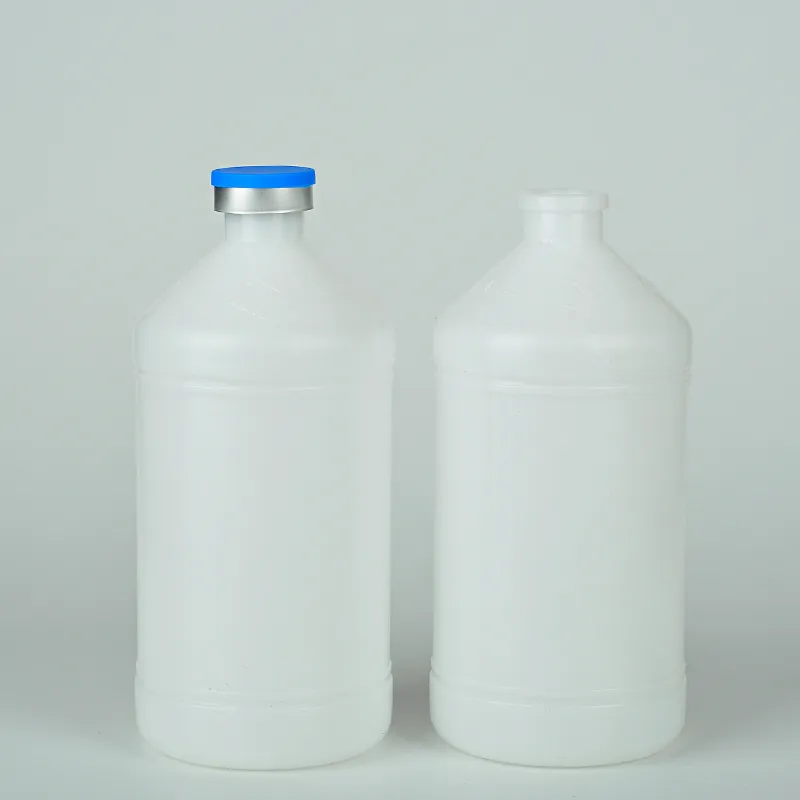https://www.wahmg.com/)">
High-Density Polyethylene (HDPE) Blow Molding Services
High-Density Polyethylene (HDPE) Blow Molding Services
Understanding HDPE Blow Molding An Overview
High-Density Polyethylene (HDPE) is one of the most versatile and widely used plastic materials globally. The production of HDPE through blow molding is a significant manufacturing process that utilizes this material's unique properties. In this article, we will explore the fundamentals of HDPE blow molding, its applications, advantages, and environmental considerations.
What is HDPE Blow Molding?
Blow molding is a manufacturing process used to create hollow plastic parts. In the case of HDPE blow molding, the process revolves around heating HDPE resin until it becomes malleable. Once heated, the plastic is shaped into a parison, which is essentially a hollow tube of plastic. This parison is then inflated with air inside a mold, allowing it to expand and take the shape of the mold cavity. As the plastic cools, it solidifies, forming the final product.
There are several variations of the blow molding process, including extrusion blow molding, injection blow molding, and stretch blow molding. Each method has its specific applications and advantages, but all share the core principle of using air to shape the plastic.
Applications of HDPE Blow Molding
The applications of HDPE blow molding are extensive due to the material's strength, chemical resistance, and lightweight nature. Some common products produced using this process include
1. Containers and Bottles HDPE is commonly used to manufacture bottles for household products, personal care items, and beverages. Its lightweight and durability make it ideal for consumer packaging. 2. Industrial Products Many industrial containers, such as drums and tanks, are produced using HDPE blow molding. These products benefit from HDPE's resistance to chemicals and moisture.
3. Automotive Parts Some automotive components, such as fuel tanks and fluid reservoirs, utilize HDPE due to its strength and impact resistance.
4. Household Items Numerous household items, including toys and storage bins, are made using the blow molding process.
hdpe blow

Advantages of HDPE Blow Molding
The blow molding process has several benefits when using HDPE as the raw material
- Cost-Effective Blow molding is an efficient way to produce large volumes of products quickly, making it a cost-effective solution for manufacturers. - Lightweight and Durable HDPE is lightweight yet strong, reducing shipping costs and improving the user experience.
- Chemical Resistance The excellent chemical resistance of HDPE makes it suitable for a variety of applications, especially where exposure to corrosive substances is a concern.
- Versatile Designs The blow molding process allows for intricate designs and customizable mold shapes, providing manufacturers with flexibility in product development.
Environmental Considerations
While HDPE is recyclable and considered more environmentally friendly than many other plastics, it is essential to be mindful of its environmental impact. The production process requires energy and resources, and managing plastic waste is crucial in mitigating environmental concerns. However, the recyclability of HDPE offers a path towards sustainability, as it can be reprocessed into new products, reducing the demand for virgin materials.
Conclusion
HDPE blow molding is a critical process in modern manufacturing, offering a range of applications and benefits. Understanding this process helps consumers and manufacturers recognize the value of HDPE in creating efficient, durable, and sustainable products. As we move toward a more sustainable future, embracing recycling and innovative manufacturing techniques will be essential in minimizing our environmental footprint while maintaining economic viability.
-
Wholesale Plastic Juice Bottles with Caps 16 oz Options Available Bulk Packaging SolutionsNewsJun.10,2025
-
Laboratory Apparatus Reagent Bottle – Durable & Chemical Resistant Bottles for Safe StorageNewsJun.10,2025
-
Squeezable Dropper Bottles Durable, Leak-Proof & CustomizableNewsMay.30,2025
-
Affordable Plastic Petri Plates Sterile & Disposable Lab-GradeNewsMay.30,2025
-
Eye Dropper Caps Precision 24/410 & Plastic Bottle-Compatible TipsNewsMay.30,2025
-
Affordable Mini Spray Bottle Price & Wholesale Deals Shop NowNewsMay.29,2025





















